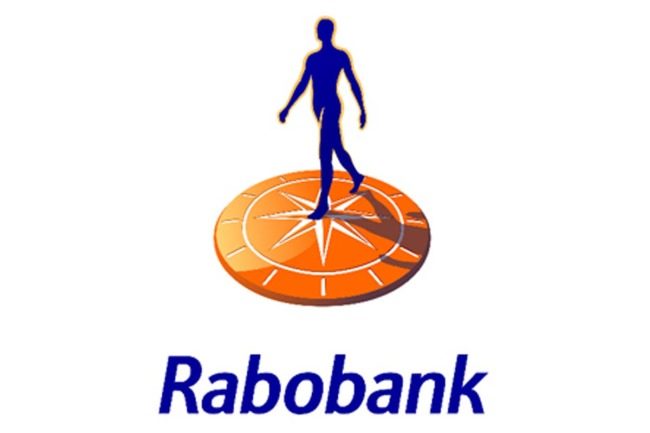UTRECHT, NETHERLANDS – While the impact of the coronavirus is an obvious drag on the global economy and is contributing to instability throughout most food industry segments, one potential bright spot is the demand for poultry. According to Rabobank’s quarterly poultry report for Q2 2020, the affordability of poultry compared to other animal proteins stands to give it an advantage although certain factors, such as labor and logistics, loom as potential headwinds in the coming months.
The disruption of inputs influencing the ongoing production and processing of poultry products also pose potential challenges, including pharmaceuticals and feed ingredients, however, “we expect more at-home poultry consumption and higher sales of nonperishable poultry products,” Rabobank said.
The impact of African swine fever (ASF) continues to negatively affect pork production in Asia, presenting opportunity for growth in both local poultry production and for global trading partners of those countries.
While many markets continue recovering from Avian Influenza (AI), poultry production and demand from countries including Brazil and Thailand are thriving. The United States is regarded as one of the weakest-performing countries, due to a poultry surplus, joining India – where coronavirus concerns created uncertainty – and China, which is in recovery mode after reeling from AI and ASF.
According to Rabobank, “ASF will remain a major driver of volatility in poultry markets, with increasing import demand in countries like China and potential supply shocks in local markets like Vietnam and the Philippines.”
While the month of February saw China’s poultry supply dip by 40%, the market has since rebounded and global demand for poultry is expected to grow as the supply chain shifts to a retail focus as foodservice demand wanes in light of widespread closures due to the coronavirus.
Global trade volume continues to be hindered by unresolved agreements among key countries coupled with trade restraints. Looking ahead, Rabobank said the outlook is a mixed bag.
“On one hand, trade liberalization via US-China and EU-Vietnam agreements will push up trade,” Rabobank said. “While on the other hand, restrictions on trade in Saudi Arabia, and potentially South Africa and the UK, could restrict trade.”
Rabobank expects global economic growth in 2020 to ratchet down from the 2019 level of 2.9% to 1.6%, with a bounce back in 2021 to 3.2%. China will see more acute impacts, with growth for 2020 expected at 2.4%, down from 6.1% in 2019. China’s economy is expected to show signs of rebounding in the remaining first half of 2020 to an extent that its overall business demand grows and the longer-term resumption of global investments.
“The global economic slowdown will impact consumer confidence and behavior, and indirectly animal protein markets and supply, through 2020,” the report said. While Rabobank forecasts the world to return to economic growth in 2021, some supply chain issues could have longer-term impacts on supply and demand.


